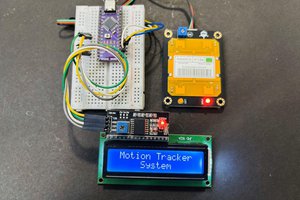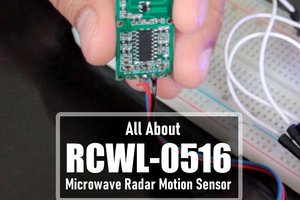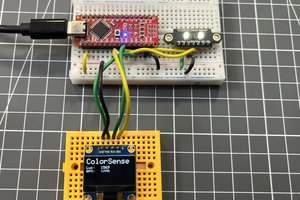Introduction
Introduction to Obstacle Avoidance Sensors
Obstacle avoidance sensors are essential components in the fields of robotics, automation, and various electronic systems that require the ability to detect and respond to physical objects in their environment. These sensors enable devices to navigate, interact with, or avoid obstacles, ensuring smooth operation and preventing collisions. They are widely used in applications ranging from autonomous vehicles to home automation systems.
For Full Project:
https://electronicsworkshops.com/2024/09/04/ky-032-obstacle-avoidance-sensor-module/
How Obstacle Avoidance Sensors Work
Obstacle avoidance sensors operate by detecting the presence of objects within their range and then signaling this information to a control system, such as a microcontroller or processor. Depending on the sensor type, they may use various technologies like infrared (IR), ultrasonic waves, laser, or even camera-based systems to detect obstacles.
- Infrared Sensors: These sensors emit infrared light, which is reflected back if it hits an object. The sensor detects the reflected light, and based on the intensity and timing, determines the presence and distance of the obstacle.
- Ultrasonic Sensors: These sensors emit high-frequency sound waves (ultrasound), which reflect off obstacles. The sensor then measures the time taken for the echo to return, allowing it to calculate the distance to the object.
- Laser Sensors: These use laser beams to detect objects. They are known for high accuracy and are often used in applications requiring precise measurements.
- Camera-Based Systems: These systems use image processing to detect objects, often using stereoscopic vision or depth cameras to gauge distance and identify obstacles.
KY-032 is an obstacle avoidance sensor module
The KY-032 is an obstacle avoidance sensor module commonly used in robotics and electronics projects. It is designed to detect obstacles and trigger an output signal when an object is within its detection range. Here’s a breakdown of its key features and how it works:

Key Features:
- IR Transmitter and Receiver: The KY-032 module uses infrared (IR) light to detect objects. It has an IR LED (transmitter) that emits infrared light and a photodiode (receiver) that detects the reflected IR light from an object.
- Adjustable Detection Range: The module has a potentiometer that allows you to adjust the sensitivity and detection range. Typically, it can detect objects within a range of about 2 to 40 cm.
- Digital Output: The module provides a digital output signal (either HIGH or LOW) that indicates the presence of an obstacle. This output can be directly connected to a microcontroller like an Arduino.
- Power Supply: It operates on a 3.3V to 5V DC power supply, making it compatible with a wide range of microcontrollers and development boards.
- Indicator LEDs: The module has indicator LEDs that show the status of the power supply and the detection output.
Pin Configuration:

- VCC: Power supply (3.3V to 5V)
- GND: Ground
- OUT: Digital output signal
- EN: Enable pin (optional, often connected to VCC)
How It Works:
- IR Emission: The IR LED emits infrared light. If there is an object in front of the sensor, this light reflects back towards the sensor.
- IR Detection: The photodiode detects the reflected IR light. If the reflected light is detected, the module triggers a signal.
- Signal Processing: The module compares the detected signal with a threshold set by the potentiometer. If the detected signal is above the threshold, the output pin (OUT) goes LOW, indicating an obstacle is present.
- Output Signal: The digital output can be used to control motors, LEDs, or be read by a microcontroller to perform actions like stopping a robot or changing its direction.
Applications:
- Robotics: Used for obstacle avoidance in autonomous robots and vehicles.
- Security Systems: Detecting the presence...
 electronicsworkshops
electronicsworkshops
 Lithium ION
Lithium ION
 Anas Raza Khan
Anas Raza Khan
 Hulk
Hulk